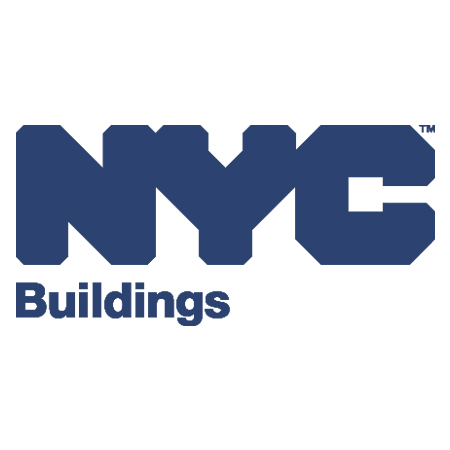Last week in Sunset Park, Brooklyn, a 74-year-old woman lost her life in a manner that no one should ever have to fear: struck down by falling debris from her own home. A large chunk of decorative brick façade, stationed above the entrance door of a three-story brownstone at 5402 6th Ave. and 54th Street, plummeted to the ground. At the time, the victim was clearing snow from the steps of her residence. Surveillance footage captured the moment the façade began to give way, leading to her urgent transportation to Maimonides Medical Center, where she was tragically pronounced dead. This incident not only took a life but also raised alarming questions about the structural integrity and maintenance of aging buildings in our urban landscapes.
The Department of Buildings’ subsequent investigation revealed a distressing oversight, resulting in a Vacate Order for the building and a violation issued to the property owner for failure to maintain the structure. These actions, while necessary, serve as a cold comfort to those affected by this tragedy and highlight a pervasive issue in our city’s housing maintenance and safety protocols.
 A few years ago, our falling debris attorneys represented the family of 2-year-old Greta Green who was killed in front of her grandmother’s eye by a decorative terra cotta piece that broke and fell 8 stories from an Upper West Side Building. This event brought to light the limitations of New York State’s “zone of danger” law, which initially excluded grandparents from claiming emotional damages for witnessing a family member’s death. The grandmother’s claim was initially dismissed, but the persistent efforts of our attorneys led to a landmark decision by the Court of Appeals, which reversed the dismissal. This case not only reinstated the grandmother’s claim but also set a precedent for including grandparents in the “zone of danger” damages while underscoring the firm’s dedication to changing laws to achieve justice and encouraging landlords and building owners to maintain their properties to prevent such tragedies.
A few years ago, our falling debris attorneys represented the family of 2-year-old Greta Green who was killed in front of her grandmother’s eye by a decorative terra cotta piece that broke and fell 8 stories from an Upper West Side Building. This event brought to light the limitations of New York State’s “zone of danger” law, which initially excluded grandparents from claiming emotional damages for witnessing a family member’s death. The grandmother’s claim was initially dismissed, but the persistent efforts of our attorneys led to a landmark decision by the Court of Appeals, which reversed the dismissal. This case not only reinstated the grandmother’s claim but also set a precedent for including grandparents in the “zone of danger” damages while underscoring the firm’s dedication to changing laws to achieve justice and encouraging landlords and building owners to maintain their properties to prevent such tragedies.
 At Gair, Gair, Conason, Rubinowitz, Bloom, Hershenhorn, Steigman & Mackauf, our New York personal injury attorneys have represented victims of negligence in New York for more than 100 years. Each June, we see a seasonal rise in serious personal injury claims across the five boroughs. Below are the most common types of cases we handle this time of year—and what you should know if you or a loved one has been injured.
At Gair, Gair, Conason, Rubinowitz, Bloom, Hershenhorn, Steigman & Mackauf, our New York personal injury attorneys have represented victims of negligence in New York for more than 100 years. Each June, we see a seasonal rise in serious personal injury claims across the five boroughs. Below are the most common types of cases we handle this time of year—and what you should know if you or a loved one has been injured. New York Personal Injury Attorneys Blog
New York Personal Injury Attorneys Blog


 Last night in Yonkers, New York, a massive boulder dislodged from a hillside and crashed into a two-story commercial building on Saw Mill River Road, causing a structural collapse and fuel spill. Fortunately, no injuries were reported, but the damage underscores the real and often overlooked dangers of placing buildings in close proximity to unstable terrain. As New York building collapse attorneys, we’re paying close attention to the implications.
Last night in Yonkers, New York, a massive boulder dislodged from a hillside and crashed into a two-story commercial building on Saw Mill River Road, causing a structural collapse and fuel spill. Fortunately, no injuries were reported, but the damage underscores the real and often overlooked dangers of placing buildings in close proximity to unstable terrain. As New York building collapse attorneys, we’re paying close attention to the implications.






